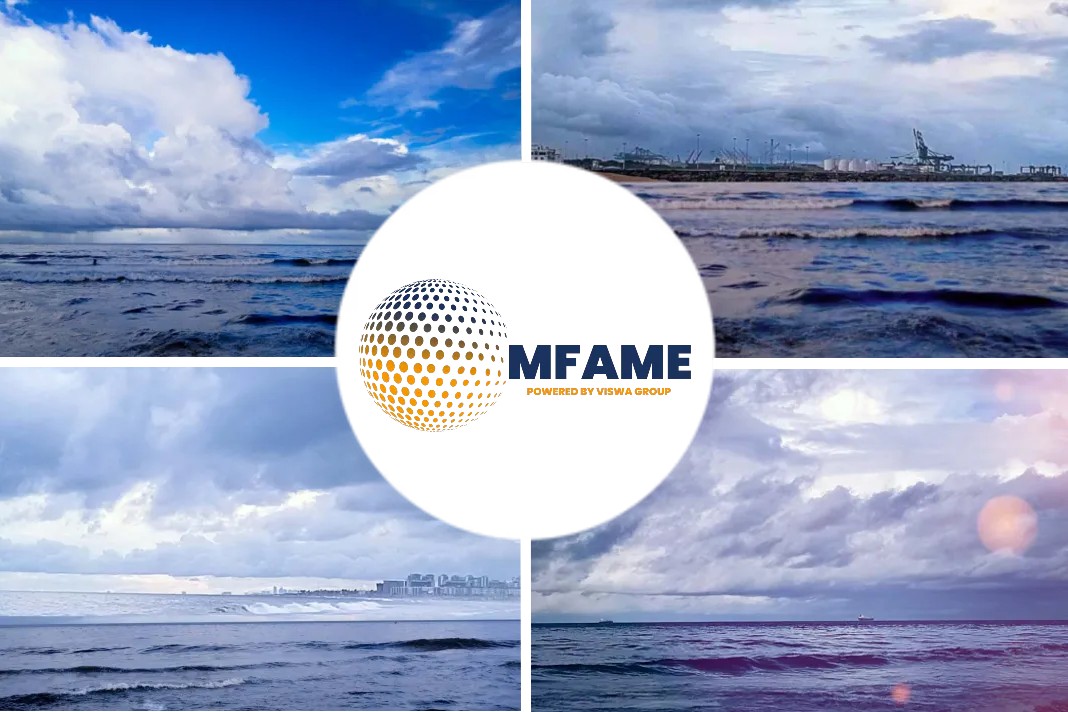- Container shipping capacity and preventing freight rates face major challenges for the container shipping industry.
- ICS advised vessels to show restraint when ordering new ships to prevent stifling recovery.
- Degree of uncertainty surrounding the shipping industry is the highest it has been in a decade.
- Ship orders, as measured in capacity by deadweight tons, decreased 14 percent in 2018 to a level 17 percent below the average since the 2008 financial crisis.
According to an article published in Sea News, keeping a lid on container shipping capacity and preventing freight rates from slipping to unsustainably low levels remain major challenges for the container shipping industry, warns the International Chamber of Shipping (ICS).
Restraint in orders
Speaking in Istanbul at the Global Maritime Summit 2019, ICS deputy secretary general Simon Bennett said a decade ago, “Shipping companies needed to show restraint when ordering new ships to prevent stifling recovery. Yet the dark clouds of protectionism and slowing growth in key economies mean that the avoidance of over-ordering is now more important than ever.”
“Opinion is still divided on whether the rapid globalization that has been experienced in the last 30 years may have run its course and whether the slower rate of trade growth seen since the 2008 crisis represents some kind of permanent structural change,” said Mr. Bennet.
“Certainly, in 2019, the outlook for the global economy and thus the demand for maritime transport appears to be worsening.”
Degree of uncertainty
His sentiments were echoed by maritime consultants Drewry, who believe the degree of uncertainty surrounding the shipping industry is the “highest it has been in a decade“, reported American Shipper.
It highlighted not only the threat of overbuilding but also higher costs related to the International Maritime Organisation’s (IMO) new rule from 2020 that ships use more expensive low-sulphur fuel or equip their ships with scrubbers, as well as the possibility of a trade recession.
However, Drewry also said in its latest Container Forecaster report: “Every region is expected to see container port handling growth in each and every year of the five-year forecast horizon,” albeit at a slightly slower pace than Drewry earlier forecast.
“Moreover, supply growth is expected to be below that of demand through 2023, which will assist the industry’s ongoing effort to rebalance an oversupplied market,” the maritime analysts said.
Moving towards a positive direction
Drewry senior manager of container research Simon Heaney said: “There are a lot of headwinds facing the industry right now with IMO 2020 at the forefront, but there is also a danger that those fears become overstated and that commentators unnecessarily talk down the market when the truth is that it is moving in a positive direction. The industry is resilient and has shown that it can adapt quickly at times of stress and we expect it to come out the other side in a stronger position.”
Mr. Bennett said ship orders, as measured in capacity by deadweight tons, decreased 14 percent in 2018 to a level 17 percent below the average since the 2008 financial crisis.
“This suggests that many shipowners may indeed be resisting the temptation to over order and in early 2019, the worldwide shipping order book appeared to be stable at around 10 percent of the fleet,” he said. “However, the reluctance of governments in Asia, where the vast majority of ships are built, to address overcapacity in the shipbuilding sector remains a serious issue.”
Regulatory actions
Mr. Bennett said recent regulatory actions may encourage scrapping of older ships.
“In particular, this includes the implementation dates of the IMO Ballast Water Management Convention. And while the precise cost of compliance with the IMO sulphur regulations is still unknown, the situation should become clearer after January 2020 now that IMO has confirmed that the implementation date of the global sulphur cap is irrevocable.”
Did you subscribe to our daily newsletter?
It’s Free! Click here to Subscribe!
Source: seanews















